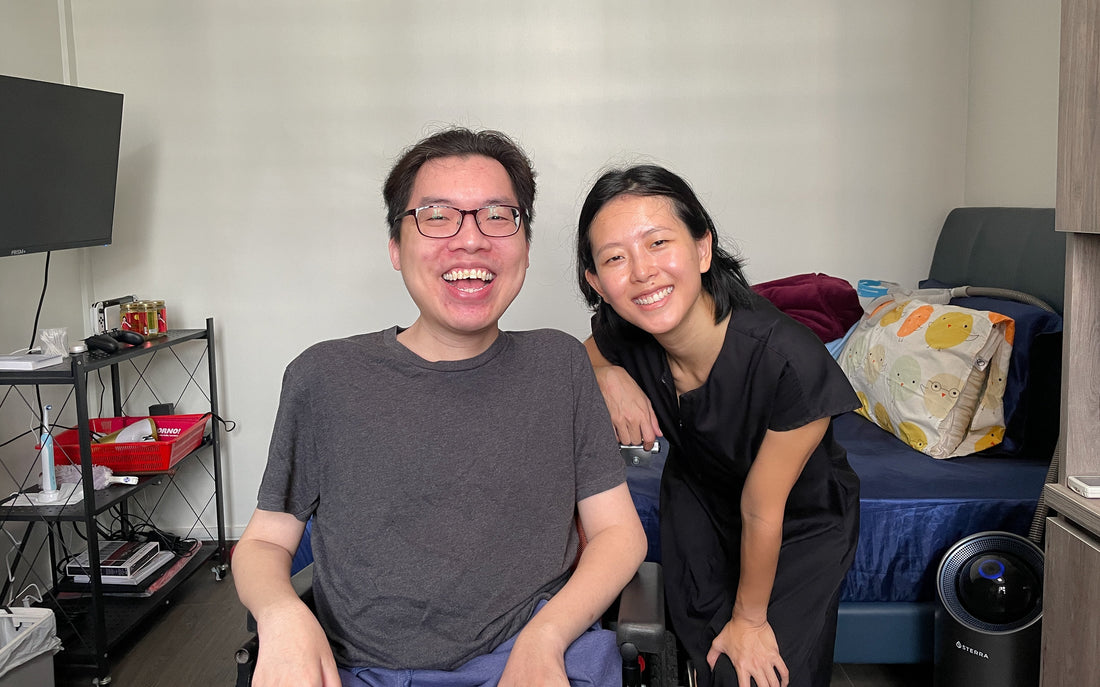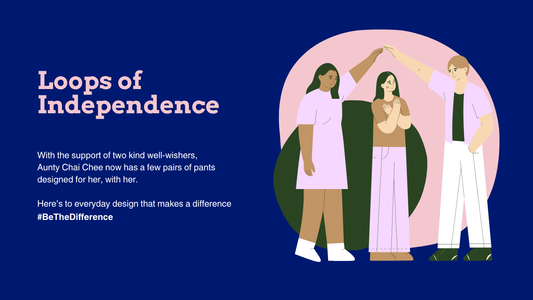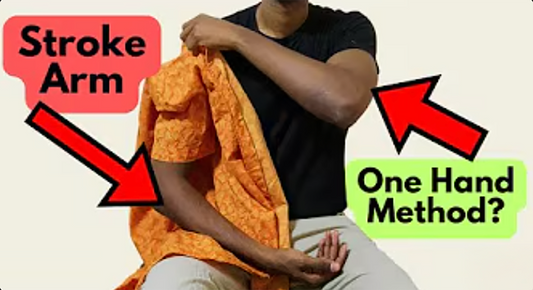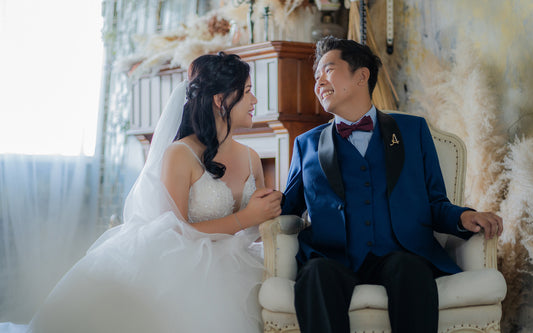
Our Design Approach | KC
For this story, let’s start with the solution we ended up with: a wooden board.
Yup, it's not the kind of ending we expected either.
Nonetheless, we managed to solve our client’s pain point, and we did so by applying the same human-centred design approach we use for all our other solutions. That affirms our methodology and assures us of the impact we can make no matter what form the solution may take.
The Problem
Our long-time friend, Kay Choong (KC; read our previous blog feature on him here, had approached us for a solution for his torn wheelchair cushion cover. On the surface, it seemed like a fabric-related issue that was well within our expertise. However, we all know the final solution turned out differently.
The Root Cause
The first step in any design thinking process is to understand user needs and assess the root issue to be addressed. In KC’s case, it was an ill-fitting wooden board inside his wheelchair cushion cover.
Picture this: the base of the wheelchair seat is a black upholstery with several bolts lining the two sides parallel to the armrests. The heads of the bolts are raised, creating bumps along an otherwise mostly flat surface. The seat cushion lies atop this upholstery. Inside the cushion, there is a wooden board that is not wide enough to span the width of the upholstery. Thus, whenever KC moved around in his wheelchair, the wooden board slid off some of the bolts in the upholstery, making him feel slanted whenever he was seated.
Moreover, the wooden board was constantly making contact with the bolts in the upholstery and rubbing against the cushion cover. This created friction which caused several tears in the cushion cover although the wheelchair was only 6 months old then.

A Sustainable Solution
Before KC came to us, he had tried many things to alleviate his wheelchair issue, such as wrapping the cushion cover with duct tape so the fabric doesn’t fall off and even stuffing a dishwashing sponge in the cushion to prevent the wooden board from moving around. We knew that if we only addressed the torn cushion cover and not the root issue of the ill-fitting wooden board, KC’s problems would return sooner rather than later.

So, we made a new wooden board!
Not only was it wide enough to keep KC stable and sitting straight, but we also added circular grooves in it to accommodate the “bumps” of the bolts in the seat upholstery. This minimises friction between the cushion cover and the bolts, preventing the cover from tearing.
Additionally, we sewed and nailed some Velcro straps onto the wooden board to secure it to the wheelchair cushion and upholstery, preventing movement that might cause KC to fall off.




Ever since, KC has been sitting straight and stably! The cushion cover and wood have also remained intact due to the grooves in the wooden board – a sustainable solution as KC doesn’t have to keep buying replacement cushions. We’re proud and happy that the solution will be able to serve him well in the long run.
The Heart of What We Do
We found this experience really interesting as it didn’t involve our usual apparel solutions. Looking deeper, at the core of the current solution lay a process that was still very aligned with what we have been doing and will continue to do at Will & Well – understanding needs and trying to create solutions (which may not necessarily be textile) that bring comfort, dignity, and independence.
Being able to help KC with his pain point assured us that whatever we do, as long as we continue to take a human-centred approach to design, we can keep solving problems.

–
Need customised solutions for yourself or a loved one?
Write in to us or find out more about our customisation service here!



